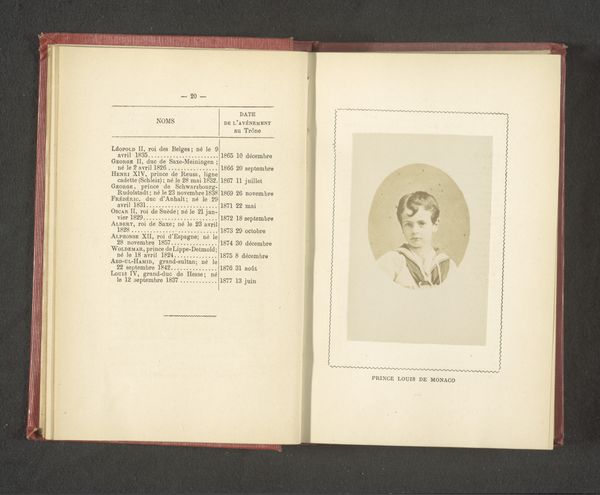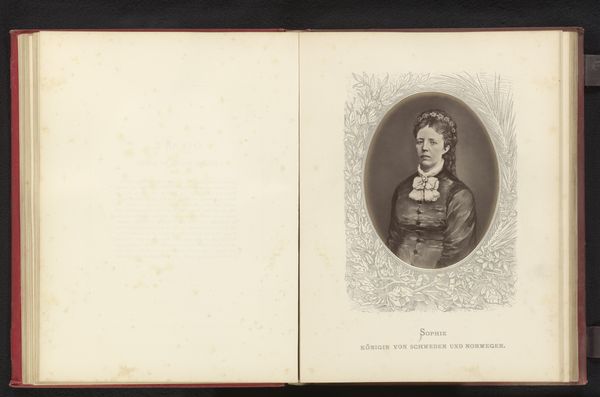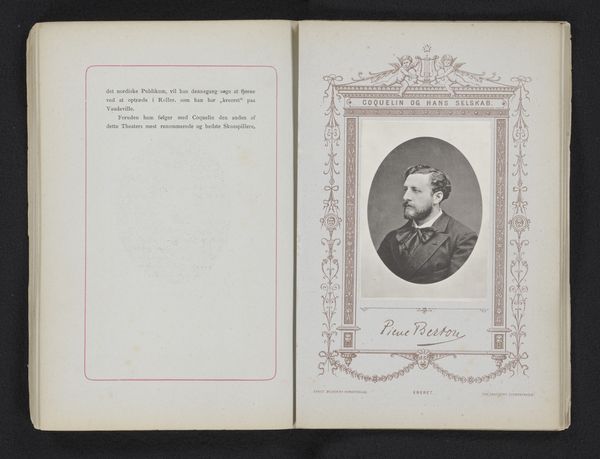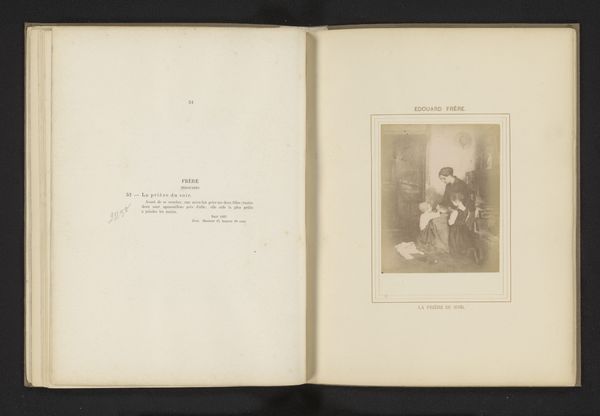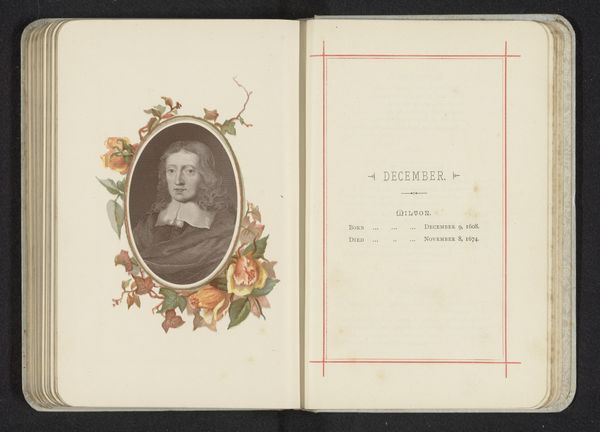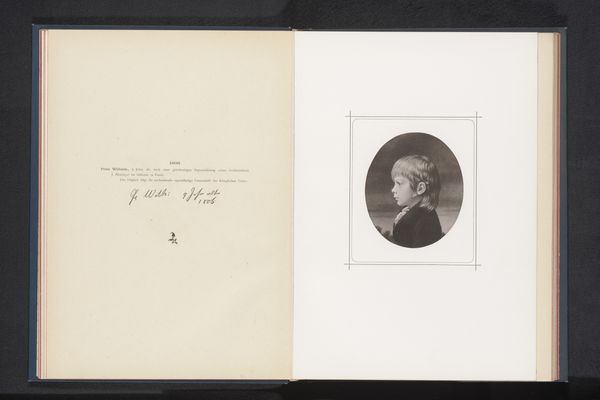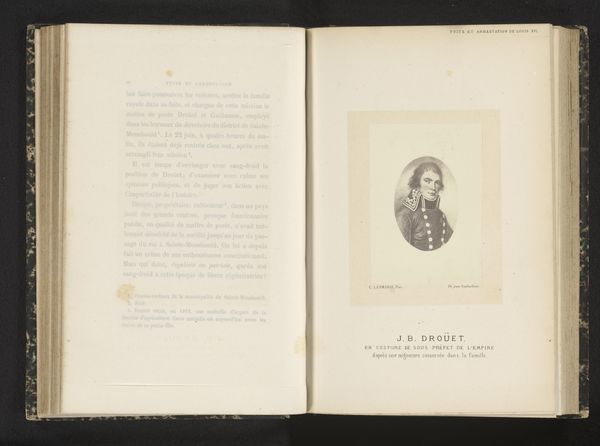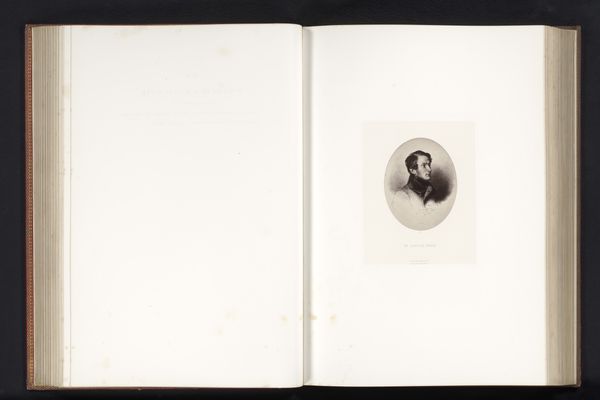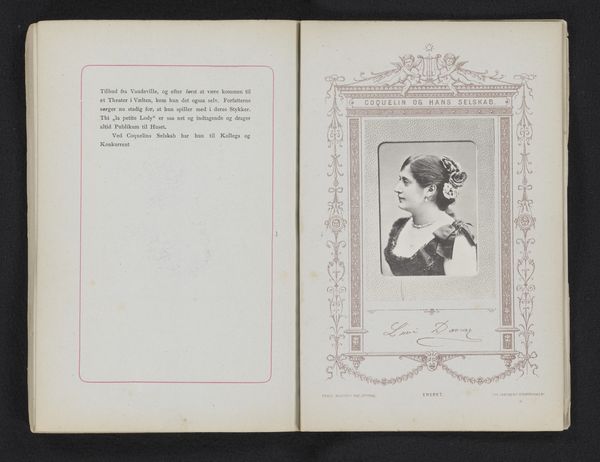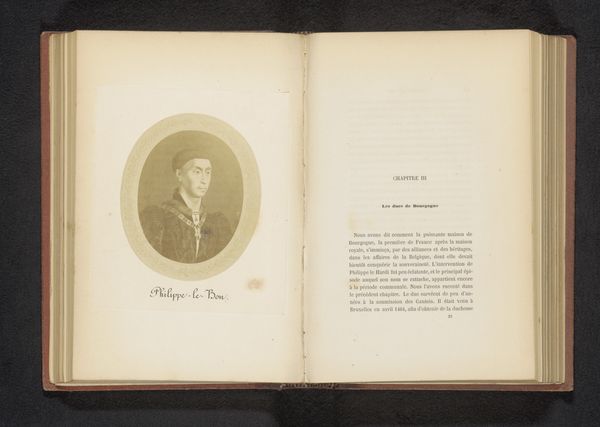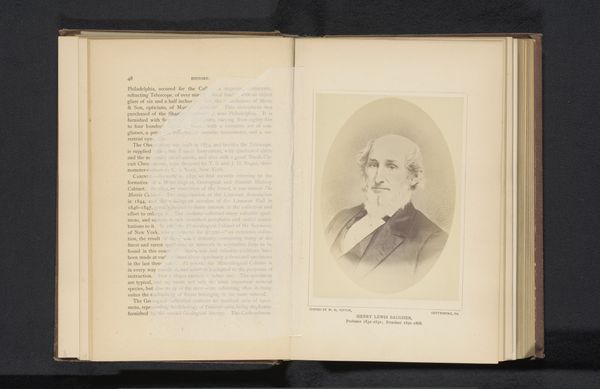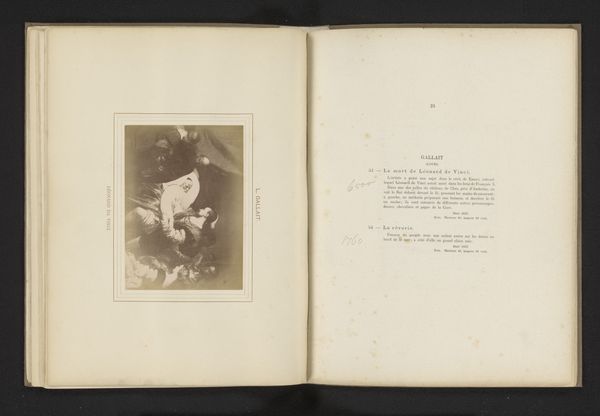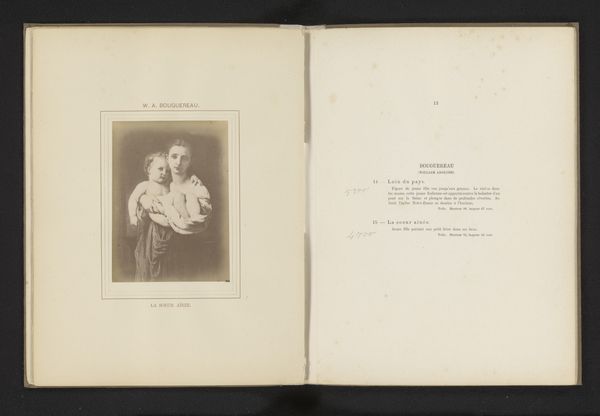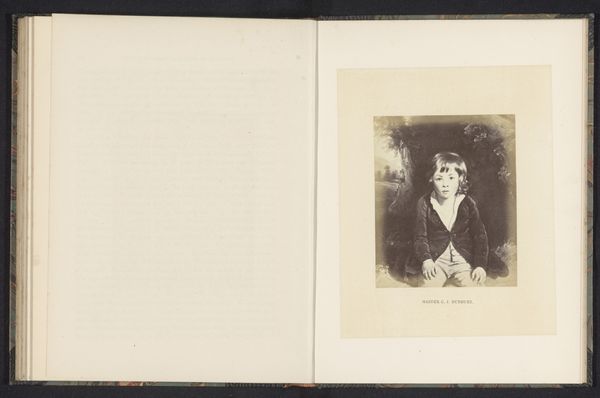
Fotoreproductie van een prent naar een portret van Thomas Moore door Thomas Lawrence before 1888
0:00
0:00
Dimensions: height 73 mm, width 49 mm
Copyright: Rijks Museum: Open Domain
Editor: So, this is a reproduction of a portrait of Thomas Moore by Thomas Lawrence, dated before 1888. It's a print, possibly an engraving, on paper. It’s quite charming, almost like something you’d find tucked away in a forgotten book. What strikes you about it? Curator: I'm immediately drawn to the industrial process of reproducing this image. Engravings, prints... these were means of mass producing images, disseminating them beyond the elite. This challenges the aura of the singular "artwork," doesn't it? Consider the labour involved, the workshop practices needed to circulate these portraits. Editor: That’s fascinating, I hadn’t thought about the mechanics of reproduction in that way. So you're focusing less on the subject, Thomas Moore, and more on how his image was circulated? Curator: Exactly. And note the blend of 'high' and 'low' culture. A portrait – traditionally aristocratic – made accessible via print technology. We must ask about the socioeconomic factors. Who was consuming these images, and what kind of value were they placing on them? What impact did it have for artists to reproduce other art and then add elements of art creation themselves through the process of drawing? Editor: That makes me think about the idea of "originality." Was the value in the portrait itself, or in owning any version of it? Curator: Precisely! The Romantic style hints at individual expression, but the reproduction cheapens the original artistic endeavor. A true commodification of art for a broader public. This object reveals the changing relationship between art, industry, and consumption. Editor: So looking at the materials – the paper, the ink – and considering the means of production, helps us understand the changing role of art in society at the time. Curator: Exactly. These reproductive processes shifted how society accessed and valued art. By questioning production we can really start to address societal consumption.
Comments
No comments
Be the first to comment and join the conversation on the ultimate creative platform.
